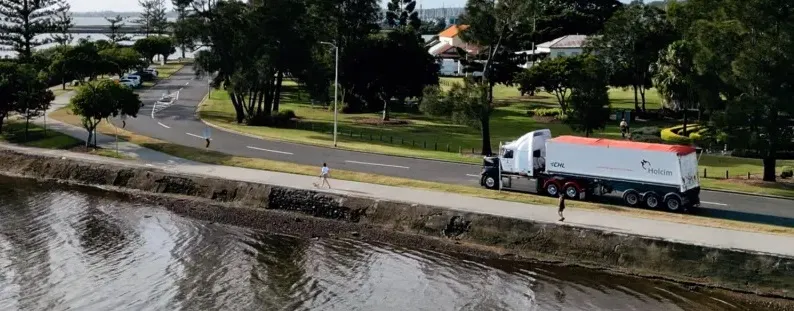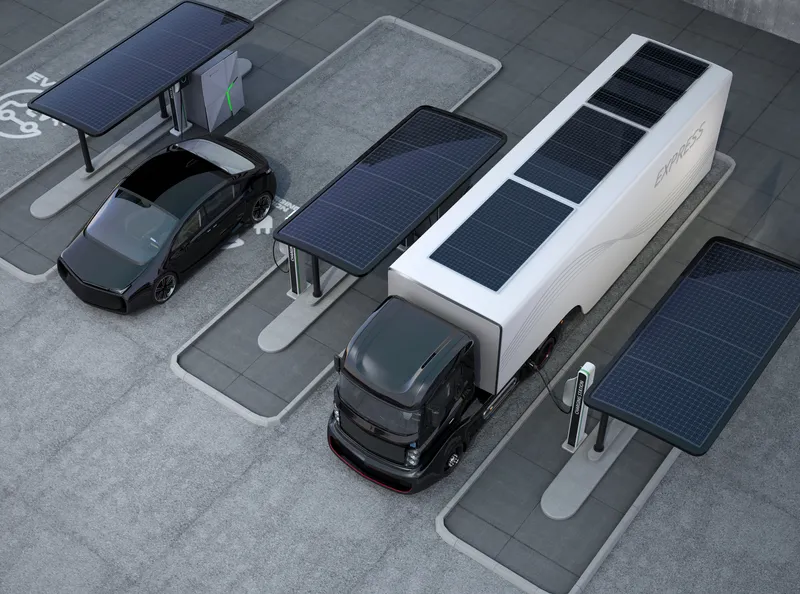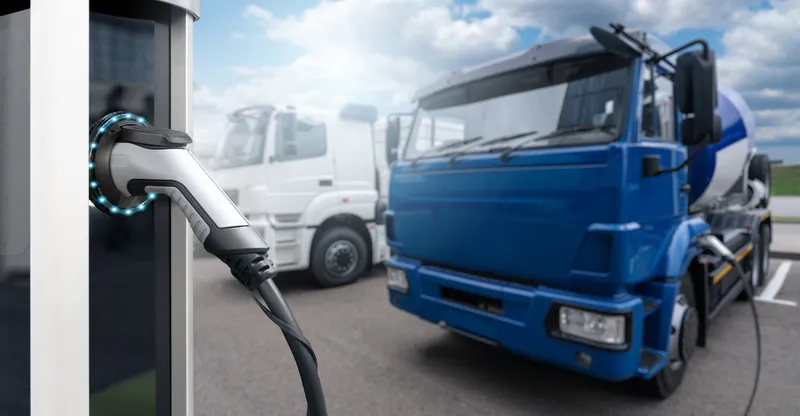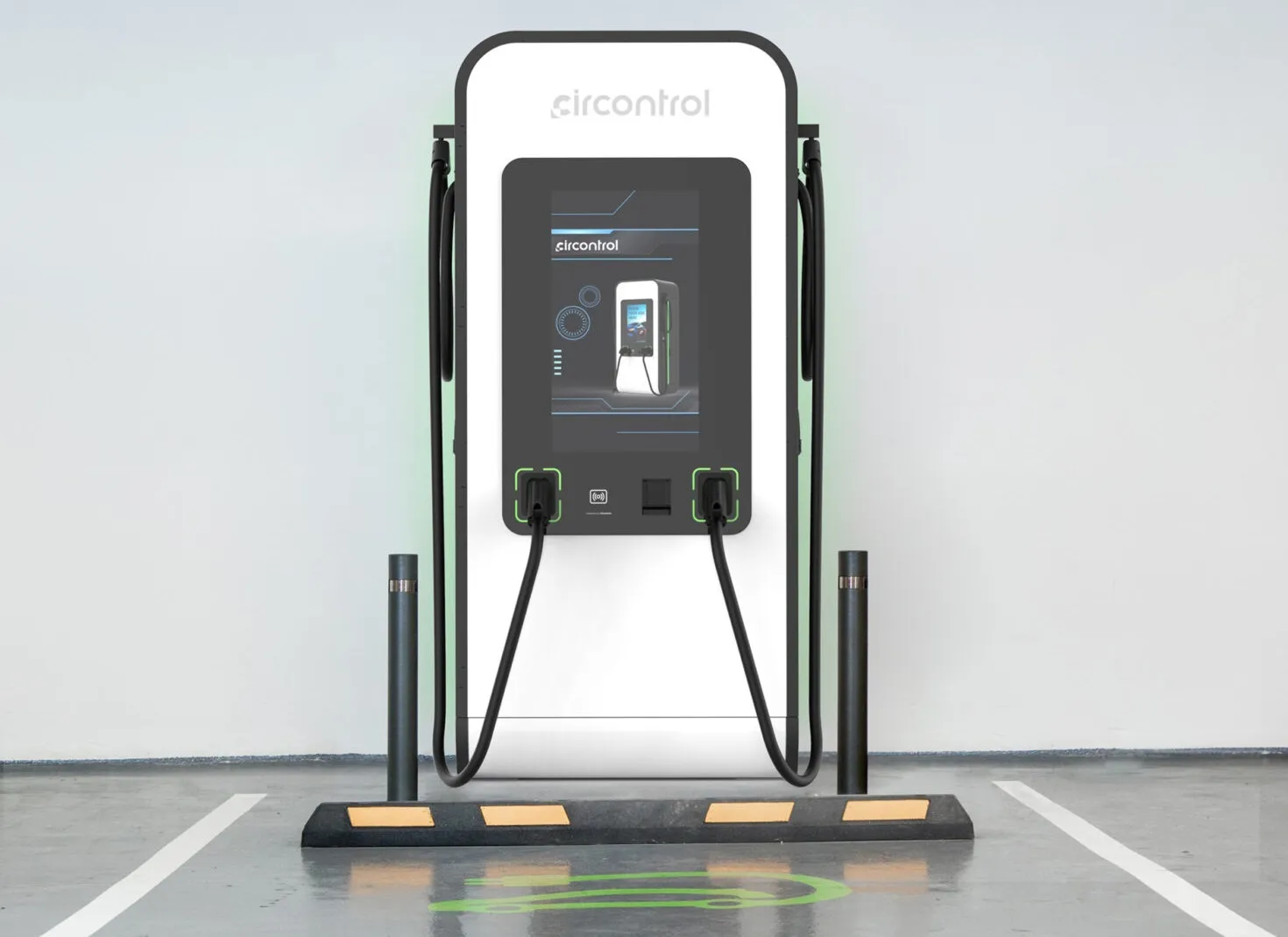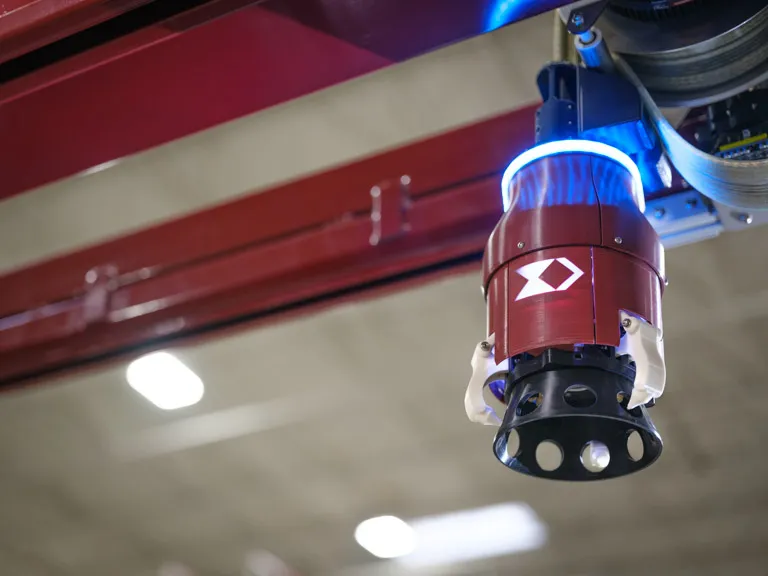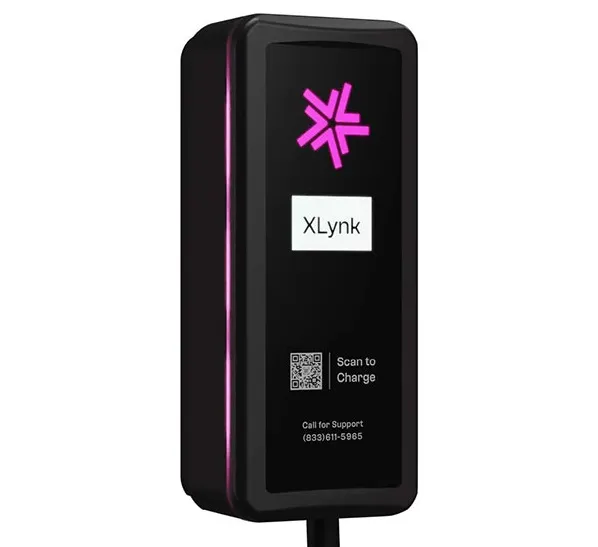
A new report commissioned by government body the Australian Renewable Energy Agency (ARENA) proposes a future electrified freight network of up to 165 future freight charging hubs across the country.
ARENA says Australia's road freight industry stands at a critical phase. Road freight accounts for over 80% of freight emissions and around one-third of the country's total transport emissions - equivalent to 36 million tonnes of CO₂ annually. As freight is expected to grow by 77% by 2050, ARENA says electrifying this sector is essential to meeting national climate goals.
ARENA commissioned the report from engineering consultancy AECOM to provide analysis of the impacts of road freight electrification on infrastructure.
Among the report's key findings is that Intrastate and Interstate freight should be staged to identify and enable charging solutions on national highways. The report outlines a 'first of its kind' national overview of a future electrified freight network of up to 165 future freight charging hubs. However, the rrport states this is only an initial assessment, and more work will be needed to further localise.
It adds that Australia’s road freight industry is an economic powerhouse, contributing 8.6% of national GDP.
"The industry achieves a remarkable feat, moving the seventh largest volume of freight in the OECD, despite a relatively smaller population, GDP and absence of land borders," the report adds. "Road freight not only connects communities but also underpins Australia's economic resilience and productivity.
"To enable this, we must ensure electrification addresses the core use cases in the Road Freight sector: Urban Freight, Intrastate Freight, and Interstate Freight."
The report says that Urban Freight is already on a pathway to electrification as the most feasible use case to electrify first, owing to the available vehicle types, smaller travel distances and operational patterns. There are urban freight electrified fleets successfully operating now. Meanwhile, Intrastate Freight and Interstate Freight represent medium—to longer-term opportunities. These use cases need further assessments, planning on key routes and charging locations, and market development. Underpinning this is the need to ensure that the energy grid can service the additional energy demands of a fully electrified road freight sector.
The report says all levels of Government should work together to further refine and localise future electric freight networks. Its report outlines important national steps to advance the transition to electric vehicles, but adds that further work is needed from state and local governments to refine localised strategies to ensure networks address local conditions.



